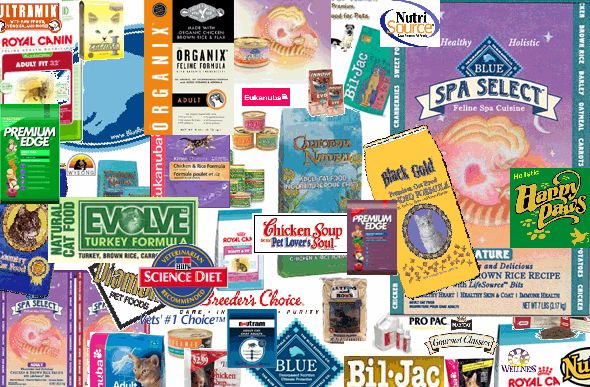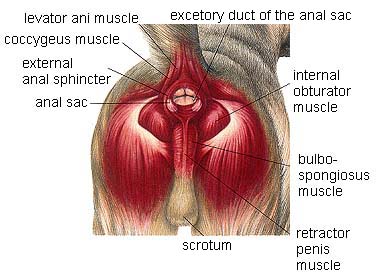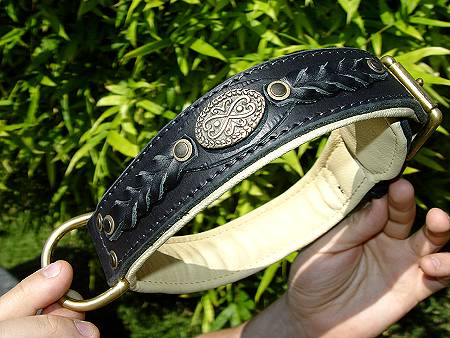There are two things I hate about feeding my cat. One is left over soft cat food (oh sure, you can buy the little plastic lids to cover the rest and stick it in the fridge, but do you remember it's in there? When I clean out the refrigerator I usually find at least two) and the other is cleaning out the litter box.

The reason for an exceptionally full litter box is that most store bought cat food contains fillers ( read the bag, if the first few ingredients are wheat gluten or meal, put it back) which go right through kitty, and although leaves the cat feeling full, provides little nutrition. Your cat can eat all day and still not be getting the proper amount of nutrition.
Some cheaper brands on the store shelves are actually dangerous to give kitty. ''Alley Cat" brand has such a high ash content that it can cause urinary tract infections, which gone untreated can cause death. And while it's okay for humans to eat off brand foods, feeding your cat nothing but cheap kitty crunchies can cause ongoing health concerns.
So the best brands to buy for your cat are name brands that you are familiar with. Top name brand cat food must pass more rigorous testing than off brands because it is shipped nationally.
Eukanuba is by far the best premium cat food; at around $14.00 for a small, seven pound bag. While expensive, it contains real meats which are listed first on the ingredient label. Remember that cats are carnivores-they need meat. Thinking that it's okay for your cat to have cheap cat food because he supplements his diet with mice is erroneous thinking because rodents can make a cat sick and they're not catching them for a hot meal anyway, they're catching them because they are inherently hunters.
Better nutrition means no runny stools and less litter box mess. Because Eukanuba is one of the best you can feed your cat less, which will help offset the cost. However, if kitty is used to having a full bowl of food set out all the time for snacking, he may take awhile to get used to the new routine- so hide your shoes until he gets used to it!

Iams is another good brand. Once upon a time you could only purchase this brand from your vet but now it is available at the local grocery store. I like this brand because it is a little more affordable and comes in specific blends to suite kitty's needs. The formula for mature cats provides vitamins to help your cat's immune system stay strong. While corn grits and corn meal is listed third and fourth as ingredients, this brand contains rosemary oil and brewers yeast, which is good for your cat.
Science Diet lists brewer's rice and chicken as the first two ingredients. The rice helps digestion, and this product is made from more natural products than some of the other brand names, another good choice.
A quick word about soft cat food: along with the whole nasty storage part addressed in the beginning, soft cat food does not help your cat's teeth. Dry cat food helps scrape tartar away and is important to keep kitty's teeth healthy, and by the way, giving your cat milk or cream can cause diarrhea. A good rule of thumb is to buy premium dry cat food and feed according to the directions, keep a nice bowl of clean water available at all times, and smother them with love and cat nip.








